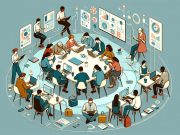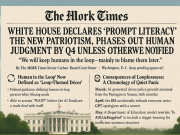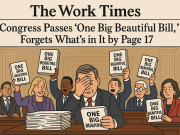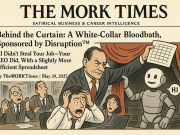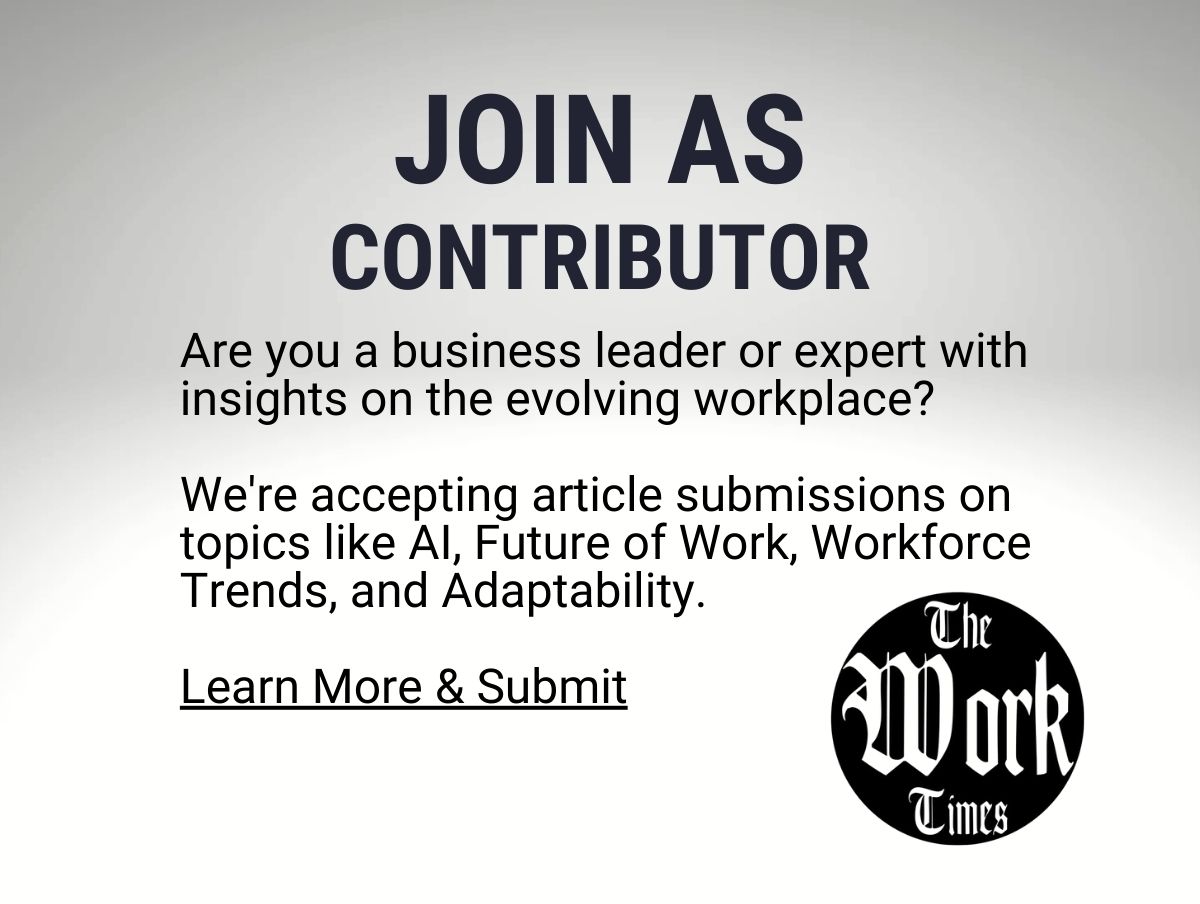The Hidden Toll of Tech Overload: How Disconnected Tools Are Sapping Workplace Productivity
In today’s fast-paced business landscape, technology is often seen as the great enabler: promising increased efficiency, streamlined communication, and enhanced collaboration. But beneath this shiny veneer lies an increasingly pervasive challenge that threatens to erode the very productivity gains technology was meant to deliver. A recent study reveals a startling reality — over half of workers report that their productivity declines as a direct consequence of managing a tangled web of multiple, disjointed technological tools at work.
This revelation invites a deeper exploration of how the overwhelming proliferation of digital tools in the workplace is paradoxically creating friction instead of flow.
The Promise of Technology vs. The Reality of Fragmentation
Instead of providing a seamless experience, employees face a fragmented landscape that demands constant context switching. This digital juggling act wastes precious cognitive energy, disrupting focus and creating inefficiencies that add up over time.
The Cognitive Cost of Context Switching
When a worker moves from one app to another—say, from an email client to a project management tool, to a messaging platform and then a CRM—there is a hidden cognitive cost. The brain must reorient itself each time, recalibrating to different user interfaces and switching mental gears to track various streams of information. This cognitive overhead, though invisible, can be exhausting.
Add to this the avalanche of notifications arriving from all these platforms, and it’s clear why employees struggle to maintain deep concentration. Workers report feeling drained—not because they are working harder, but because the technology meant to help often interrupts and scatters their attention.
Impacts Beyond Work Hours
The repercussions extend far beyond the workday itself. The mental fatigue caused by tech overload seeps into employees’ personal lives, contributing to burnout, stress, and diminished overall well-being. When work technologies demand constant attention or busy signals beep into off-hours, the boundaries between professional and personal space blur.
This breakdown of healthy separation exacerbates workers’ sense of overload and can suppress motivation and engagement over time—an alarming trend that workplaces cannot afford to ignore.
Rethinking Digital Workflows for Real Productivity
It is time to question the conventional wisdom that more tech tools automatically equal better productivity. Instead, organizations should seek to unify workflows and provide workers with thoughtfully integrated platforms that simplify rather than complicate daily tasks.
Streamlining collaboration through fewer, more connected technologies can help rescue employees from the fragmentation trap. When workflow tools sync effortlessly, employees can invest their time in meaningful work instead of wrestling with the technology itself.
Human-Centered Design as the Antidote
The future of workplace productivity lies not in piling on additional software but in putting people at the center of technological decisions. Tools must be designed and selected with user experience, simplicity, and integration as priorities. Only then can technology reclaim its promise as a true productivity multiplier.
Final Thoughts
The data is clear: over half of the workforce feels the drag of managing disconnected tech. What emerges is a paradox of choice where an abundance of digital options becomes a barrier rather than a bridge to more efficient work. Recognizing and addressing tech overload is not just a matter of convenience; it is imperative for maintaining workforce vitality, satisfaction, and lasting productivity.
As our workplaces continue to evolve, the challenge is to harness technology wisely—to restore fluidity to workflows and free employees from the incessant demands of disjointed platforms. The future of productive work depends on it.




